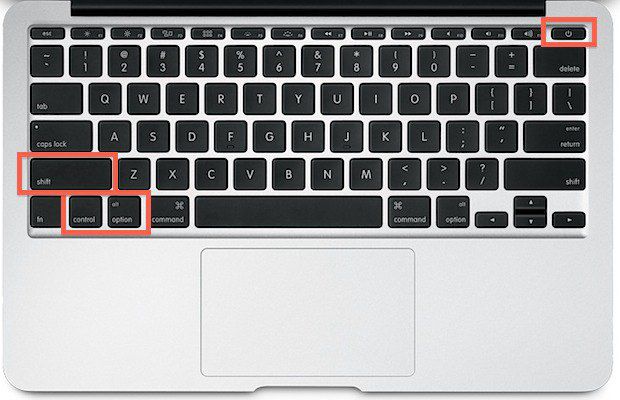Hibernation (audrith) Mac OS
Hibernation (audrith) Mac OS
Hibernate is a simple command line program to put macOS 10.12 or newer into hibernation mode. This is archieved by modifying the power management preferences and initiating system sleep. After the system has powered on, the power management preferences are restored to their previous state. Dec 28, 2015 Press the power button on the Mac—tapping the power button makes both MacBooks and iMacs or Mac minis drop off to sleep instantly; Choose Sleep from the Apple menu; Press the Command-Option and Media key simultaneously; When the Mac goes to sleep, not just into idle mode or display sleep, the following things happen: On all Macs.
SSD are based on NAND Flash which have limited writes life. Currently 25nm chips support 3000-5000 cycles then they become read only.
This limitation makes very important avoid unneeded writes on the disk.
Moreover power save technologies can give some trouble (of course on SandForce controllers).
So this are some steps to Tweak your host system to give you the best experience:
- Turn off hibernation. To do this, open terminal app and type:
Enter admin password and let’s do it the magic.
This will prevent GB of writes every time you close the lid of your notebook. - Remove unused hibernation file to free up as much space as your RAM:
- Open System Preferences and go to Energy Saver, than uncheck
Put the hard disk(s) to sleep when possible
both on Battery and Power Adapter tabs.
This will prevent disk freezes and beachballs. - If you have a SATA 2 interface and a Nvidia chipset on your Mac, check to have 3 Gbps Negotiated Link Speed.
Go to Serial-ATA section in System Information app to take a look of your disk(s).
This will ensure optimal performance of SSD.
NOTE: there are more Hacks, like enabling TRIM for non Apple supported SSDs but they give more troubles that other therefore I advice against to engage in similar enterprises.

NOTE 2: WARNING!!! Apple MacBook Air and MacBook Pro Update 2.0 seems to change the way “safesleep” is handled. If you currently have safesleep disabled in order to free up the drive space required by the sleep image, this will cause it to come back and even setting hibernatemode = 0 won’t change it. Quick untested FIX:
Hibernation (audrith) Mac Os X
cd /var/vm
sudo rm sleepimage
sudo ln -s /dev/null sleepimageHibernation (audrith) Mac OS
